According to the docs here, Swift 3/4 Decimal type is a representation in base 10 bridged to NSDecimalNumber. However I'm having precision issues that do not reproduce when using NSDecimalNumber.
let dec24 = Decimal(integerLiteral: 24)
let dec1 = Decimal(integerLiteral: 1)
let decResult = dec1/dec24*dec24
// prints 0.99999999999999999999999999999999999984
let dn24 = NSDecimalNumber(value: 24)
let dn1 = NSDecimalNumber(value: 1)
let dnResult = dn1.dividing(by: dn24).multiplying(by: dn24)
// prints 1
Shouldn't the Decimal struct be accurate, or am I misunderstanding something?
